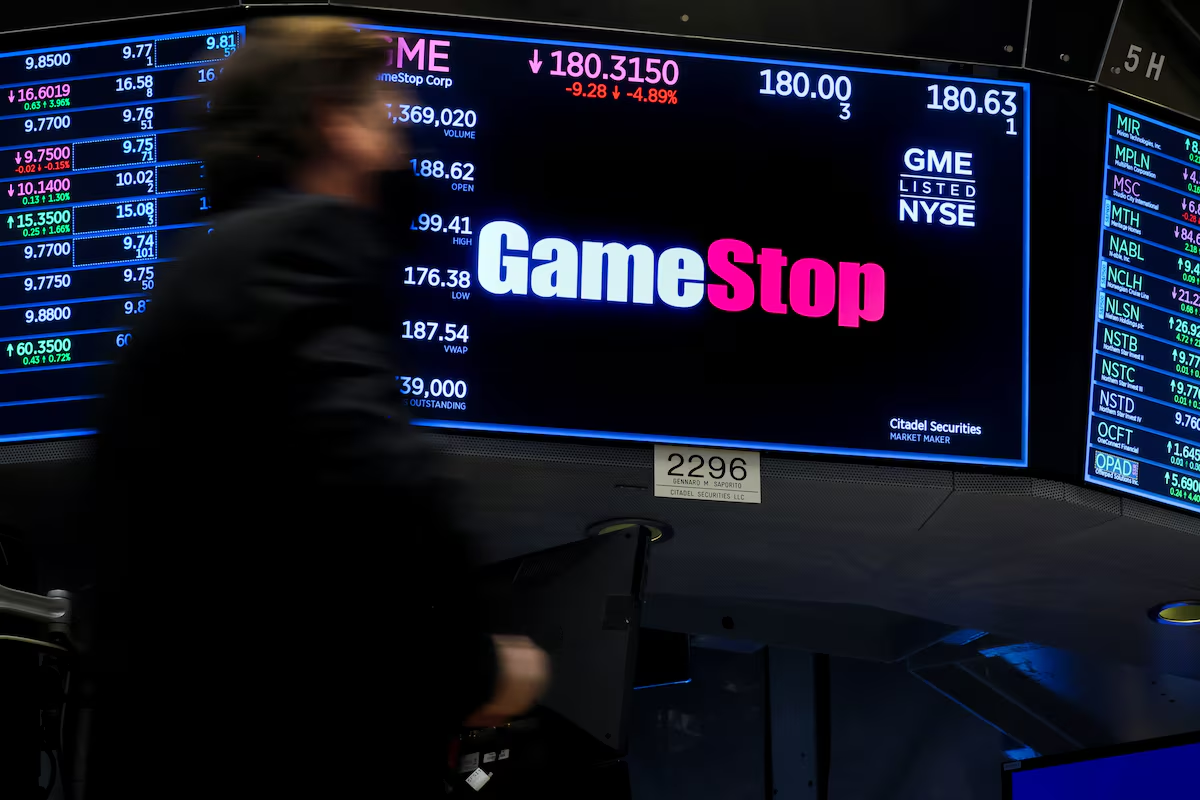|
Getting your Trinity Audio player ready...
|
In a groundbreaking partnership, Google Cloud has joined forces with Solana Labs to launch GameShift, a suite of tools now available on the Google Cloud Marketplace. This innovative platform enables developers to seamlessly integrate Web3 features—such as non-fungible tokens (NFTs) and digital assets—into their existing cloud-based game backend services. The announcement was made during the Solana Breakpoint conference, underscoring the growing intersection of traditional gaming and blockchain technology.
Simplifying Blockchain Integration
GameShift is designed primarily for developers of traditional games eager to incorporate Web3 functionalities without navigating the complex technical landscape usually associated with blockchain technology. By managing much of the heavy lifting involved in the integration process, GameShift ensures a secure and efficient transition to Web3 components, allowing developers to focus more on creativity and gameplay.
This partnership marks a significant expansion of Google Cloud’s support for Web3, building on existing initiatives such as the Blockchain Node Engine, Web3 BigQuery datasets, and the Web3 for Startups program. By aligning with Solana—a leading blockchain network celebrated for its speed, reliability, and flourishing NFT ecosystem—Google Cloud is paving the way for more developers to adopt blockchain technology in their gaming projects.
Expanding User Base for Solana
For Solana, this collaboration is not just a technical advancement but also a strategic opportunity to onboard millions of users through a unified platform powered by Google Cloud. The integration with Google Cloud complements a series of recent developments for Solana. Just a day prior to the GameShift announcement, Solana Labs unveiled a new generation mobile phone, Solana Seeker, at the Token2049 conference, following the success of their Saga device.
Additionally, financial heavyweight Franklin Templeton launched a native mutual fund on Solana’s blockchain, which is expected to enhance operational efficiency. Citibank has also expressed interest in utilizing Solana for smart contracts and money transfers, further solidifying Solana’s presence in the traditional finance (TradFi) sector.
In another notable development, Société Générale, France’s third-largest bank, announced its support for Solana with the introduction of its EURCV stablecoin. This signifies Solana’s growing foothold in the European market. Moreover, Coinbase is set to introduce its Bitcoin Wrapper, cbBTC, on the Solana network, indicating a trend of increasing institutional interest in Solana’s blockchain.
Also Read: WIF Surges 986% In 2024 – Can Solana’s Top Meme Coin Reclaim $2.70?
Market Response and Future Outlook
Despite these promising advancements, the market response for Solana’s native token, SOL, has been tepid. As of the time of writing, SOL has seen a modest increase of 2.45%, bringing its price to $146.80. This discrepancy between technological advancement and market performance raises questions about the broader sentiment surrounding blockchain technologies and their adoption.
As the gaming industry increasingly pivots toward Web3, the partnership between Google and Solana Labs heralds a new era for game developers. With tools like GameShift, the transition into the blockchain realm becomes not just feasible but exciting, unlocking endless possibilities for innovation in gaming. The future looks bright for Web3 gaming, and with giants like Google backing it, the potential for growth is immense.
Disclaimer: The information in this article is for general purposes only and does not constitute financial advice. The author’s views are personal and may not reflect the views of Chain Affairs. Before making any investment decisions, you should always conduct your own research. Chain Affairs is not responsible for any financial losses.
A lifelong learner with a thirst for knowledge, I am constantly seeking to understand the intricacies of the crypto world. Through my writing, I aim to share my insights and perspectives on the latest developments in the industry. I believe that crypto has the potential to create a more inclusive and equitable financial system, and I am committed to using my writing to promote its positive impact on the world.




